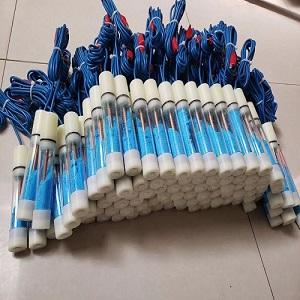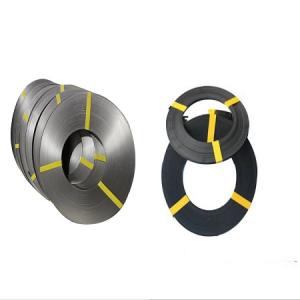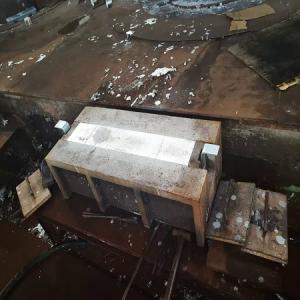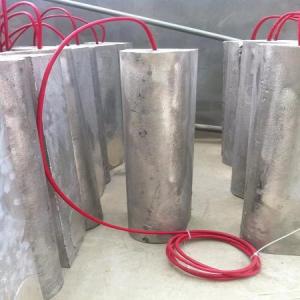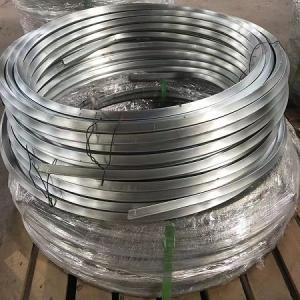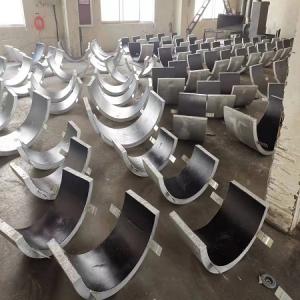Titanium Anode (DSA) conception
Titanium is a metal that is easily passivated. In the atmosphere and in most acidic aqueous solutions (except fluorine-containing acids), the surface of titanium can easily form an oxide film with poor conductivity, which increases the contact resistance on the surface of the titanium electrode and the existence of contact resistance. Not only does it increase energy consumption and reduce the service life of the anode, it also changes the controllability of the electrolytic cell pressure and the type of electrode reaction. Therefore, in the production process of titanium electrode products, it is necessary to coat the titanium electrode with a metal surface layer that has good conductivity and is not easily passivated to form various types of insoluble titanium electrodes.

Titanium anode preparation process titanium substrate processing and shaping (titanium material is processed and formed into a titanium substrate) → surface treatment of the titanium substrate (in order to increase the effective area of the substrate and enhance the bonding force between the coating and the titanium substrate, 10% to 15% alkali or alkali is usually used) Boil the powder to remove oil, and then boil and etch with 10% to 15% oxalic acid) → coating and firing (according to different application requirements, halogenate Ru, Ir, Sn, Ti, Pd, Ta, Co, Ni, etc. Prepare the alcohol solution according to different proportions → coating → drying → oxidation and firing, and repeat it many times to make the required titanium anode) → quality inspection → leaving the factory and shipping to client.
